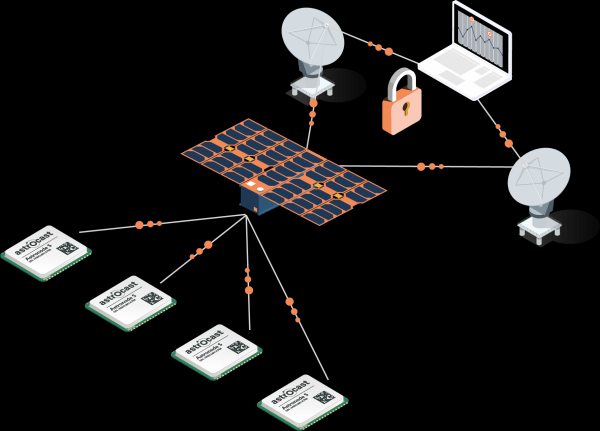
With the advent of cost-effective satellite-based Internet of Things (SatIoT), system integrators (SIs) are rushing to meet the huge pent-up demand for global solutions that enable asset tracking across 85% of the planet's non-cellular network. They develop fully connected IoT solutions that allow mobile assets to be tracked as they move – seamlessly connecting to a variety of networks including Cellular, LoRaWAN, Sigfox and Satellite. Also, many believe that a one-size-fits-all approach is good and depends on future 3GPP standards, but is it really a safe choice for SI?
Although it is technically possible to use current terrestrial protocols to communicate with satellites, it is far from optimal in terms of performance. IoT is incredibly sensitive to cost and power consumption, and any degradation can quickly disrupt the IoT business model. Small differences in performance, such as battery life and/or device life, can also significantly change the feasibility of any business case. This enables the creation of intelligent devices that can seamlessly switch between multiple technologies – each optimized for specific conditions – the most advanced approach.
Thus, proprietary data protocols are a core component of the SatIoT development model. However, to be successful, organizations and SIs must explore the use of proprietary data protocols that have been designed specifically to optimize every aspect of the SatIoT component.
Source: electronicsweekly.com










